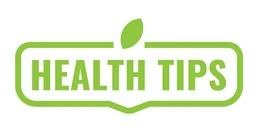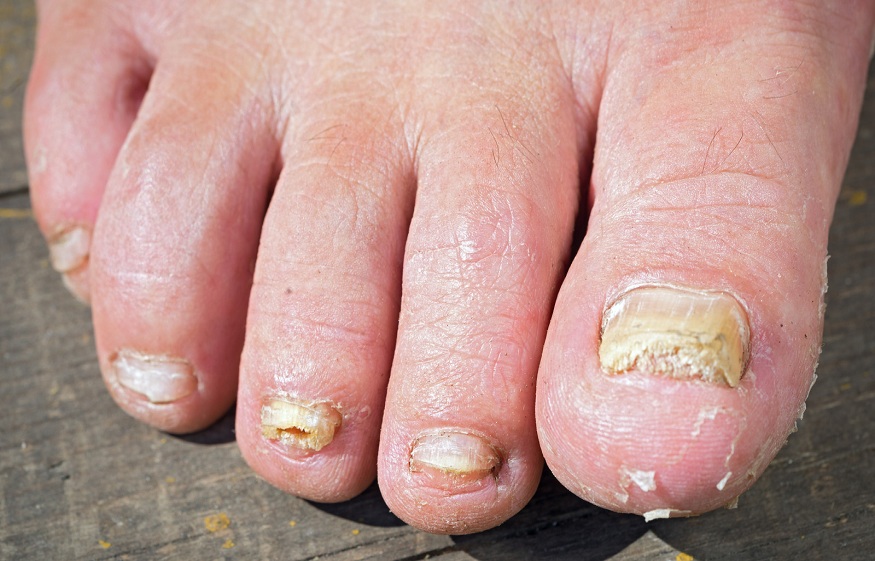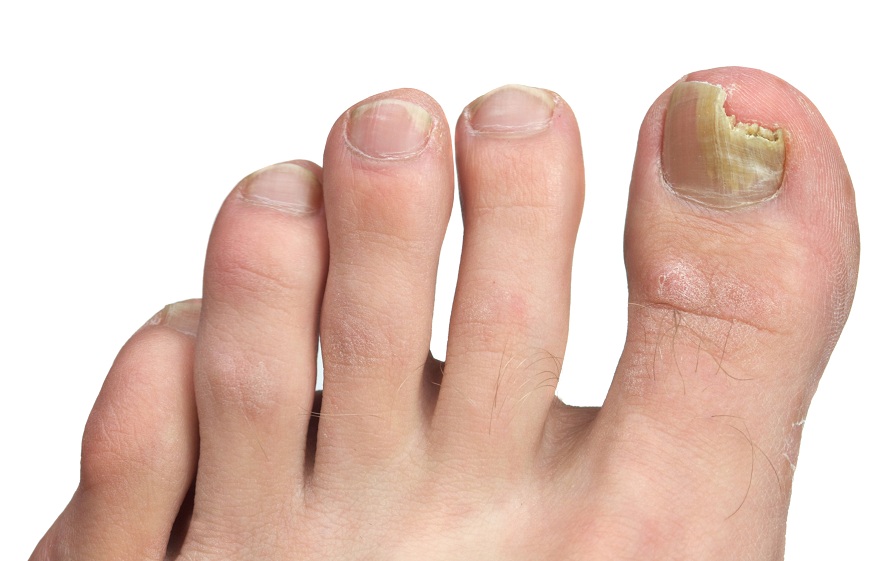Even when the winter weather dictates that we keep them warm and out of sight, our feet deserve our attention at all times. Indeed, various types of mycoses can develop there, in particular in the nails. You have certainly heard of it, if only through advertising campaigns for treatments promising to overcome these unsightly and sometimes recalcitrant conditions.
You have noticed on one of your toes an unattractive nail: deformation, whitish or yellowish deposits. But how do you know if it is a mycosis, and if so, of what nature and requiring what care? In terms of diagnosis and treatment, nail fungus often represents a real problem for the medical world, faced with certain situations where an antifungal treatment has no effect.
From the outset, it should be noted that in half of the cases, a deformation of the nail (onychodystrophy) is not a mycosis. It will therefore first be a question of determining whether or not there is presence of fungi. If there is none, there is also no mycosis and treatment for such a condition will have no results. In one out of two cases, it is indeed a mycosis, caused by dermatophytes, that is to say small fungi which are specialized in degrading keratin, and which attack the nail, often after having already caused fungal infections between the toes or under the arch of the foot. However, it happens that the infectious agents responsible for onychomycosis are also yeasts and molds, for which the usual antifungal treatments, that is to say treating dermatophytes, are ineffective.
No effective treatment without a sure diagnosis
Thus, in order to best treat a diseased nail, it is first necessary to verify that it is indeed a mycosis and then, secondly, to identify the infectious agent (dermatophyte, yeast or mold ). In most cases, treatments exist and make it possible to overcome the condition, provided that an exact diagnosis has been made. This is why specialists in mycology and dermatology have set out to develop increasingly reliable techniques for identifying the infectious agent.
After a systematic mycological examination carried out directly at the level of the lesion on the nail, the most usual process consists in identifying the fungus after depositing nail fragments on a culture medium. But this technique has shown its limits. Not only does identification take time, delaying the start of an effective treatment, but in addition the analysis does not confirm, in a third of cases, the presence of fungus detected under the microscope. As for moulds, when they are present, it remains difficult to determine whether they are indeed an infectious agent or the consequence of contamination during cultivation.
DNA to identify the presence of mold
CHUV specialists have found a way to overcome these obstacles to a sure diagnosis. By developing a new method for analyzing nail fragments based on DNA sequencing, precise identification of the condition affecting a nail is now possible.
This method offers better guarantees of cure thanks to the precision of the diagnosis which determines the choice of the most effective treatment. It also saves time, as results can be obtained in just 48 hours, compared to two to three weeks with the usual process. In addition, it protects against inappropriate treatment.
Better to consult quickly
If you notice that one of your nails is changing in appearance, be careful not to let the situation get worse and do not let yourself be tempted by self-medication which may not be appropriate at all and compromise or delay the diagnostic. Thanks to this new identification method recently developed, the use of a specialist guarantees you a better diagnosis and a better treatment. Indeed, the work carried out at the CHUV has confirmed that in cases of proven onychomycosis where a conventional antifungal is not effective, this failure is almost always due to the presence of moulds.
This is why, if the infectious agent which has attacked your nail bears the small name of Fusarium , or even Acremonium or Aspergillus , you will not be prescribed the standard oral treatment, but the daily local application of a suitable solution, i.e. a broad-spectrum antifungal. A treatment that requires regularity and patience but which overcomes the problem in twelve months. Do not wait to consult, so you will put all the chances on your side to soon find a perfectly healthy nail.




